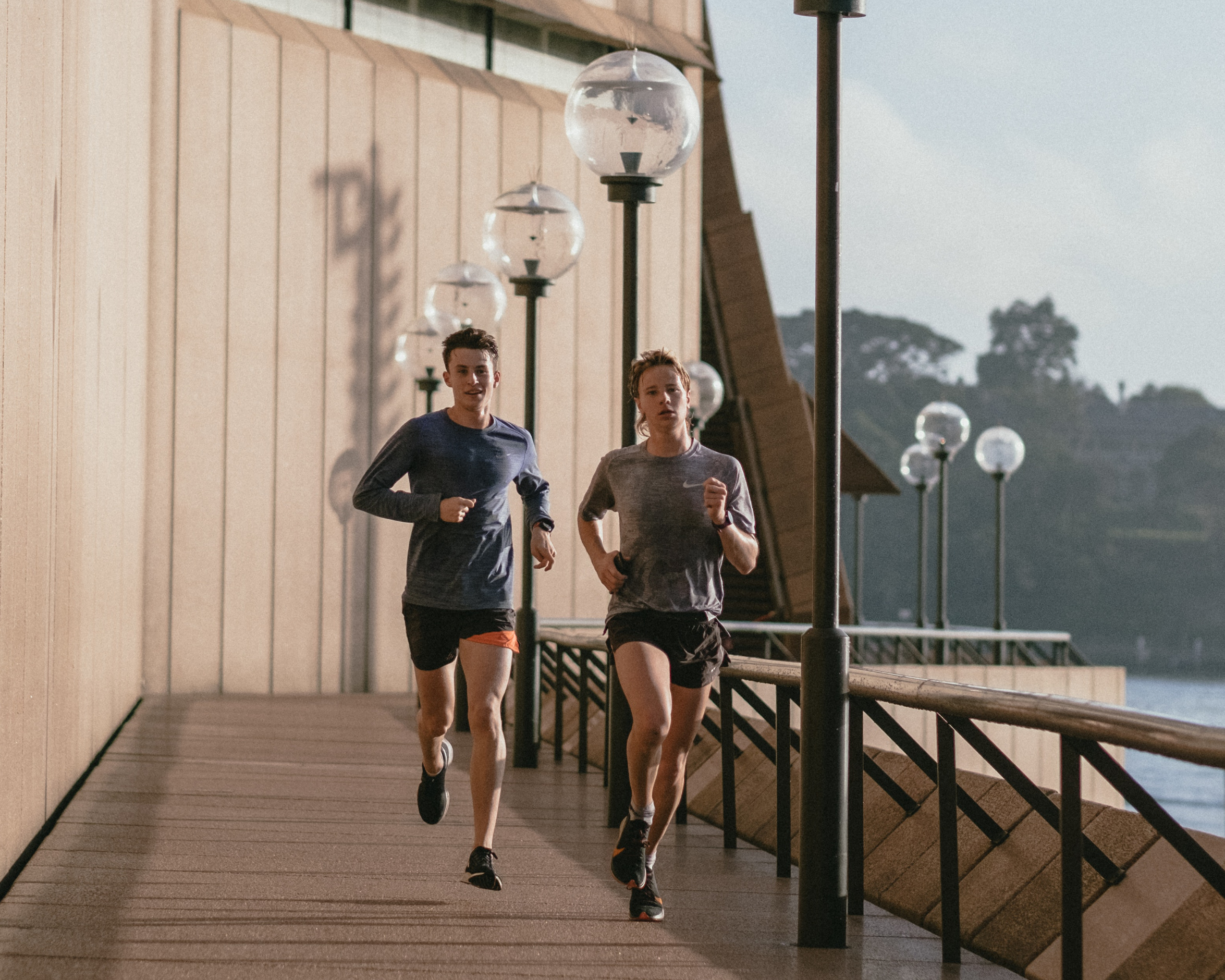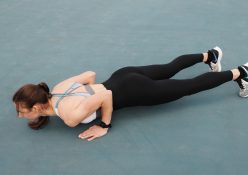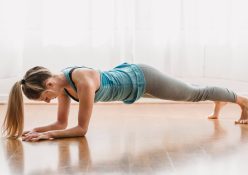It’s time to make the most of your fitness regime so you can get to it every day – performance, results and recovery guaranteed!
PRE-WORKOUT
1. Fuel Up
Does your car run well on empty? No, it splutters and shudders and eventually comes to a halt in the middle of the road. Your body will do the same if it’s not properly fuelled. If there’s no energy going into your body, there’s no energy coming out. Keep your pre-workout snack small to avoid feeling sluggish (and a possible upchuck mid-workout), and include complex carbs, some protein and fat. There’s no hard-and-fast rule for when to eat, but 1–3 hours before your sweat session should be sufficient. And don’t forget to wash it down with plenty of H2O (See ‘Drink Up!’).
2. Raise Your Body Temperature
Back to the car analogies – do you start your car on a cold morning and immediately, start revving the engine? No, because it will most likely blow. As will you if you don’t ease yourself into a workout. Whether your fitness activity of choice is running, cycling, CrossFit or HIIT, you need to warm up your heart and your muscles beforehand in order to get them primed for what’s to come. Start off with an aerobic activity, such as an easy jog, bike or even jumping jacks for five to 10 minutes – start off slow and gradually increase your pace and effort to get your heart pumping.
3. Mobilise Your Muscles
Many people get the order of stretching and warming up mixed up. Don’t jump straight into stretching with a cold body, as this can actually increase your risk of injury. With warm muscles, stretch out at least the areas you’ll be using in your workout, if not your whole body. Once you’ve done a general warm-up, your muscles are more elastic, which is an ideal time to do static stretching to help loosen any stiffness
and provide flexibility that will increase performance.
4. Prep Your Body For What’s To Come
Oh, you thought a quick jog and a few stretches would do it? A sport-specific warm-up is key to maximising your workout. The first part of your workout should be a ‘watered-down’ version of what you’ll be doing – for example, lighter weights or lower intensity. Prepare your body for what’s to come: Going for a run? Running drills will prep your ankles, calves and hips. Weightlifting? Grab a light dumb-bell or barbell and slowly build your way up to your working weight. This will get the specific muscles and joints firing, which will boost performance and ward off injury.
POST- WORKOUT
1. Cool Down
Instead of jumping straight off the treadmill and rushing out the door, let your heart rate come back down to Earth by taking five or so minutes after your workout to cool down. Grab a foam roller and roll out your muscles, do some light stretches, or a sport-specific cool-down (another watered-down version of your workout at a very reduced intensity, such as walking on the treadmill). This works wonders in returning your nervous system to its pre-workout state, while still promoting blood flow to your muscles, aiding in proper recovery post-workout.
2. Refuel
We’re often told to scoff down some protein within a 30-minute window of working out. While protein does help to build and repair muscles after a good session, there is no need to overdose on whey while you’re still dripping in sweat. A healthy snack or meal containing protein and carbs up to three hours following a workout is more than sufficient to replenish your muscles’ glycogen stores to help your body recover better.
3. Heat Things Up
Conventional wisdom tells us that ice is the best way to recover or heal after a tough workout, but good news for those who dread the idea
of an ice bath to soothe sore muscles (note, not injuries): New studies show warmth is best. Ice will stop pain and inflammation, but also delay healing. Warmth promotes blood flow to the area, which helps flush out toxins in the muscles and promotes healing in the long run. Run a hot bath or use a heat pad on affected areas before bed.
4. Snooze And Win
While you’re sleeping, your pituitary gland releases growth hormones that help to repair and rebuild muscles, helping you to reap maximum toning and weight-loss advantages of the hard work you put in at the gym. Not only that, but not getting enough Zs will have the opposite effect and actually make your body crave sugary, fatty foods and store any excess energy as fat, thus undoing any effort you put into your fitness regime.
Words by Andrea Robertson
Photography: Pexels





